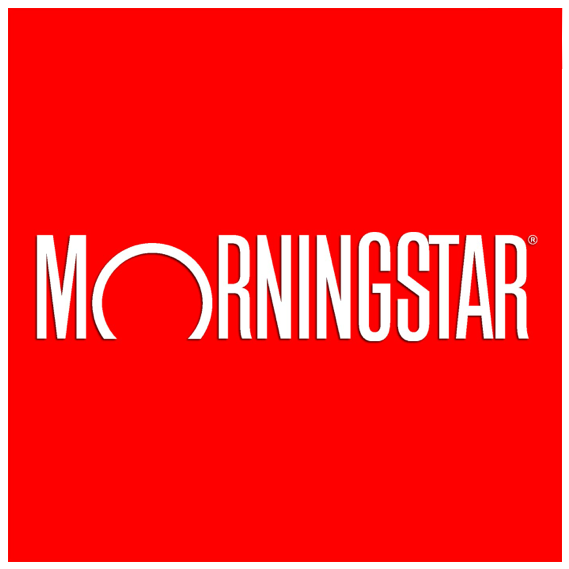Are Mutual Funds Of Hedge Funds Worth It
Post on: 13 Май, 2015 No Comment

Are Mutual Funds Of Hedge Funds Worth It?
Mutual funds in the multialternative space are investing in hedge funds, giving mutual fund investors access to some of finances most notedand well compensatedmanagement teams. The potential appeal for investors is obvious, but should financial advisors use these funds in clients portfolios?
Morningstars multialternative fund category includes mutual funds of hedge funds, which hire established hedge fund managers to manage assets and establish separately managed accounts with each manager, and then pool the results into a single mutual fund. The mutual fund negotiates fees that are less than a hedge funds traditional 2 percent and 20 percent fee structure, but those fees are still substantial as investors pay management fees for both the mutual fund and the underlying hedge funds.
With the multi manager the two fee layers have really eaten into returns, says Mallory Harejs, a Morningstar alternative investments analyst.
But following the financial market crash five years ago, investors increasingly yearn for non-correlated alternative assets to help protect against future downturns. Investors are clearly interested in using alternatives and advisors are contemplating how to integrate these products into client portfolios, Harejs says.
Morningstars perspective on mutual funds of hedge funds is less than enthusiastic, though. These funds have short track records, and high fees across the board, says Harejs, who covers both the Hatteras Alpha Hedge Strategies (ALPHX) and the Van Eck Multi-Manager Alternatives fund (VMAAX) funds. Shes put a negative rating on the former and a neutral rating on the latter.
Hatteras has returned 3.21 percent year-to-date versus 6.76.74 percent for a 60/40 S&P 500/Barclays Aggregate. The fund has averaged 3.52 percent annually for the last three years, trailing the 60/40s 11.52 percent and the Morningstar MSCI Composite AW (a hedge fund index) return of 5.72 percent. The fund has a negative alpha, a measure of excess return, of -1.61 percent versus the 60/40 portfolio and -0.67 percent versus the hedge fund index. Since these funds have varying risk exposures, looking at a risk adjusted performance measure against a common index is one useful way to compare track records.
The Van Eck fund is down -0.5544 percent year-to-date, and has returned 0.85 percent annually over the past three years, also lagging on both an absolute and risk-adjusted basis. Its alpha versus the 60/40 is -3.67 percent, and versus the HF index, -2.85 per-cent. (The 60/40 portfolio is not a perfect benchmark, but it does allow for consistency when comparing these funds and its similar to the overall portfolio many advisors use.)
Adding insult to injury to these funds, Harejs notes the Hatteras funds expense ratio of 3.49% and Van Ecks expenses of 3.5 percent have eaten into their performance over the past few years.
Yearning For Volatility
Bob Worthington, president of Hatteras Funds, offers that diversified portfolios invested across asset classes do best in choppy and volatile markets. We tend to do better in choppy and uneven markets than straight up bull markets like 2012-2013, which we know dont last forever, he says.
Worthington also looks at the funds performance differently. Our benchmark is the HFRI FOF composite, which we underperformed in 2012. However, we acquired and began managing the fund in June 2009, and have returned 6 percent annually through April 2013, beating our benchmarks return by 3.9 percent.
He believes that the fund has made adjustments in its exposure to position it well for the rest of 2013. The increasing volatility trend so far in 2013, which suggests we might be reaching an inflection point in market returns, would benefit our non-correlated exposures, he says. We also have added event driven allocations, because corporations are flush with cash, and we expect to see transformative capital structure changes, which our managers will attempt to predict and profit from.
Worthington points out that Hatteras has tried to curb fees. We know that fees are important and pricing pressure exists, and since taking over we have added lower-cost shares classes, he says. Our institutional class (ALPIX) charges 2.99% and contains most of our assets, which come primarily from fee-only advisors.
Another product in this space, the Pace Alternative Strategies fund (PASIX), invests with hedge fund managers and changes exposure levels based on their market outlook. They use internal market assumptions to alter allocation mix, essentially using in-house market timing models, and they havent been successful in that effort, says Morningstar alternative investments analyst Josh Charney. During the post-2008 recovery they dramatically reduced the funds beta at a really inopportune time.
The fund has returned 5.46 percent year-to-date, and delivered 3.75 percent annually over the past three years, lagging the 60/40 compositie on both an absolute and risk-adjusted basis. Pace charges 1.95 percent annually in management fees. Morningstar gives it a negative rating.
The Correlation Factor














